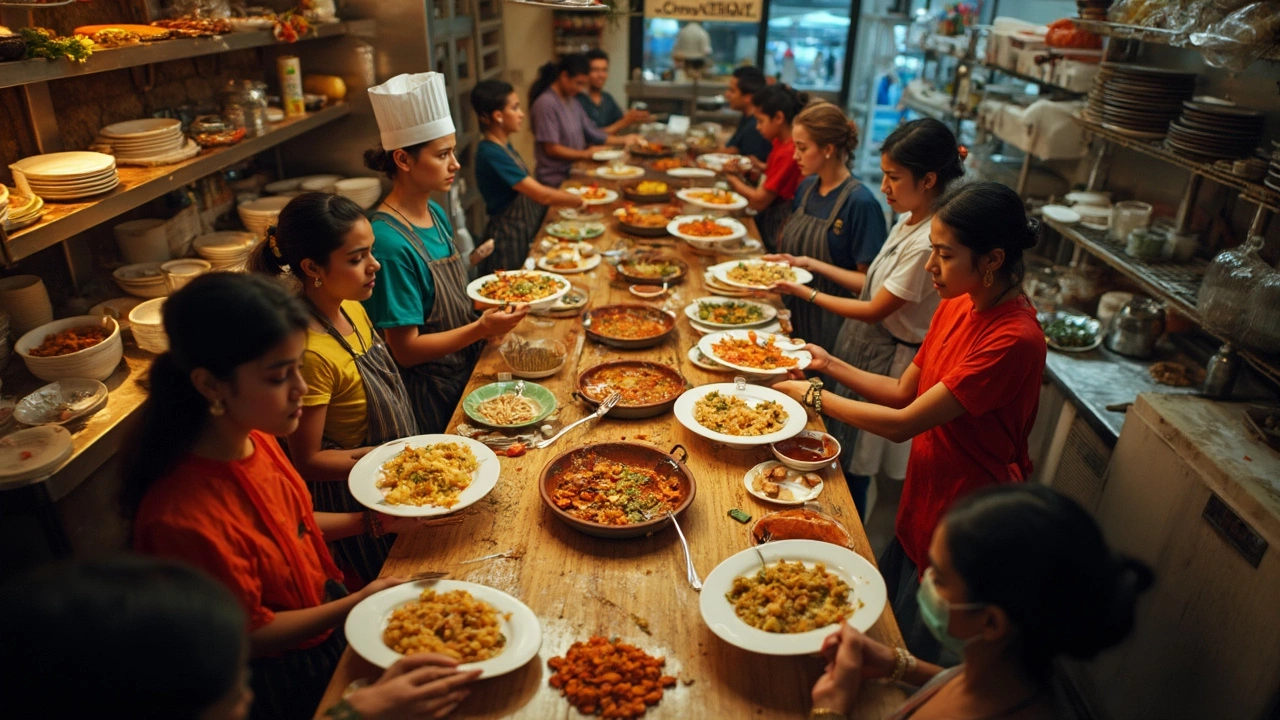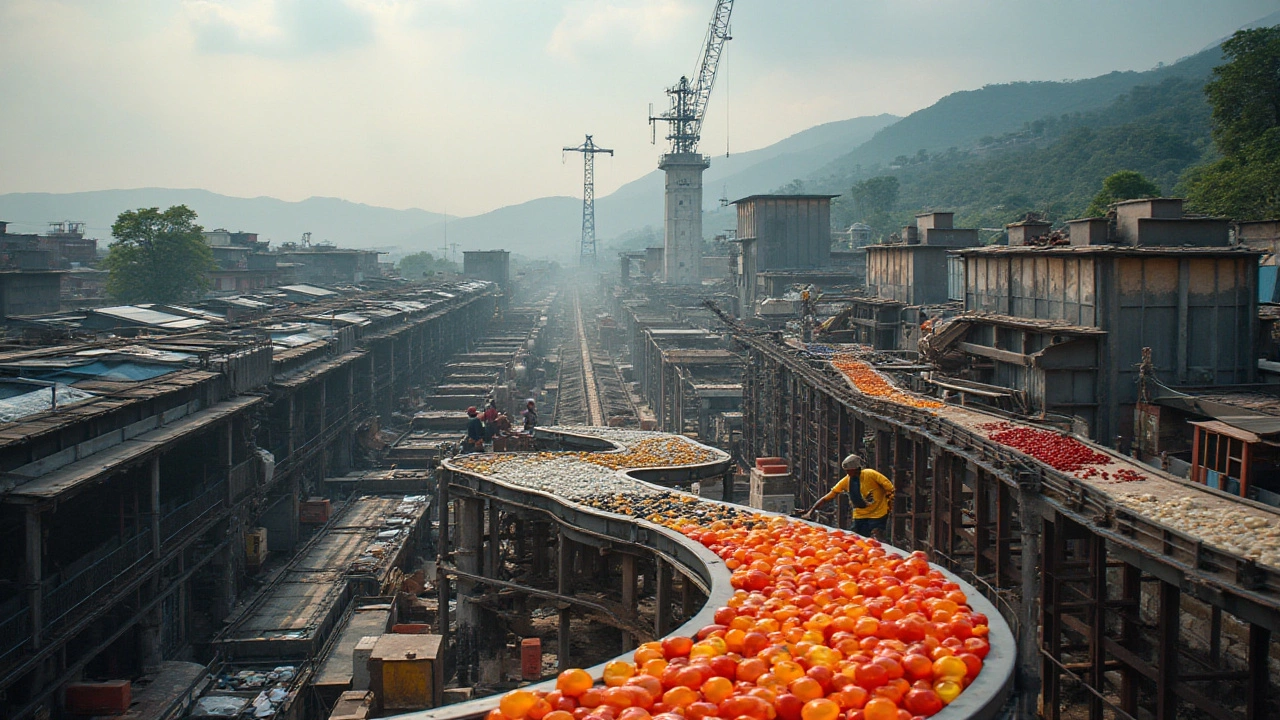CPU in Restaurant: The Heart of Modern Kitchen Tech
When working with CPU in restaurant, the central processing unit that powers restaurant management software, point‑of‑sale terminals, and kitchen automation equipment. Also known as restaurant CPU, it connects orders, inventory, and staff scheduling into one real‑time system.
The POS system, a point‑of‑sale platform that captures customer orders and handles payments is the most visible sibling of the CPU. A POS requires reliable data flow from the CPU to record each transaction accurately. Without that link, receipts go blank and sales data becomes a guess‑work exercise. This relationship forms a core semantic triple: CPU in restaurant encompasses POS system.
Another key companion is the kitchen display system, a screen‑based order queue that shows chefs exactly what to prepare and when. The KDS needs the CPU’s processing power to translate table orders into timed cooking tickets. When the CPU streams data smoothly, the KDS can reduce kitchen bottlenecks by up to 30 % – a clear example of the triple: CPU in restaurant requires kitchen display system. Many of today’s KDS units are built from recycled steel and rPET plastics, tying back to sustainable manufacturing trends.
Why Restaurant Automation Matters
Broad‑scale restaurant automation, the integration of hardware and software to manage orders, inventory, and staff tasks hinges on the CPU’s ability to process multiple data streams at once. Automation influences kitchen efficiency, reduces food waste, and speeds up service. For example, automatic inventory alerts triggered by the CPU can cut over‑ordering of rice or poultry by 15 %, echoing insights from our recent articles on rice demand and sustainable agriculture.
Energy‑efficiency also rides on the CPU’s shoulders. Modern CPUs are built on low‑power silicon, which means the entire POS‑KDS network consumes less electricity than legacy hardware. When combined with sustainably sourced components—like steel frames made from recycled scrap or cotton‑based upholstery on seating—they help restaurants lower their carbon footprint while keeping costs in check.
From a staff perspective, the CPU streamlines shift scheduling and real‑time communication. Waitstaff receive instant order updates on handheld devices, chefs see prep times on the KDS, and managers track sales dashboards live. This seamless flow reduces miscommunication, cuts table turnover time, and ultimately boosts the bottom line – the exact kind of practical benefit highlighted in our guide on profitable manufacturing businesses.
Understanding how a CPU in restaurant connects POS systems, kitchen displays, automation, and sustainable equipment gives you a roadmap for modernizing any dining operation. Below you’ll find a curated set of articles that dive deeper into each of these pieces, from container garden watering tricks that inspire eco‑friendly kitchen designs to the latest trends in plastic recycling for food‑service gear. Explore the collection to see how technology and sustainability intersect across the industry.
CPU in a Restaurant: What It Is and Why It Matters for Food Processing
Ever wondered what a CPU is in the world of restaurants? This article unpacks the restaurant CPU, breaking down how it works and why it boosts efficiency behind the scenes. You'll get real examples and easy tips to understand the system, plus a look at how the CPU changes everything from food quality to staff workflow. Whether you run a kitchen or simply love dining out, you'll walk away knowing exactly how a solid CPU keeps things moving fast and smooth. All explained without the jargon.
- manufacturing
- India
- food processing
- garden tips
- rice cultivation
- government schemes
- balcony garden
- urban gardening
- balcony gardening
- profitable business
- business ideas
- plastic manufacturing
- drip irrigation
- plant care
- steel manufacturing
- sustainable gardening
- startup ideas
- steel industry
- flower gardening
- textile manufacturers






